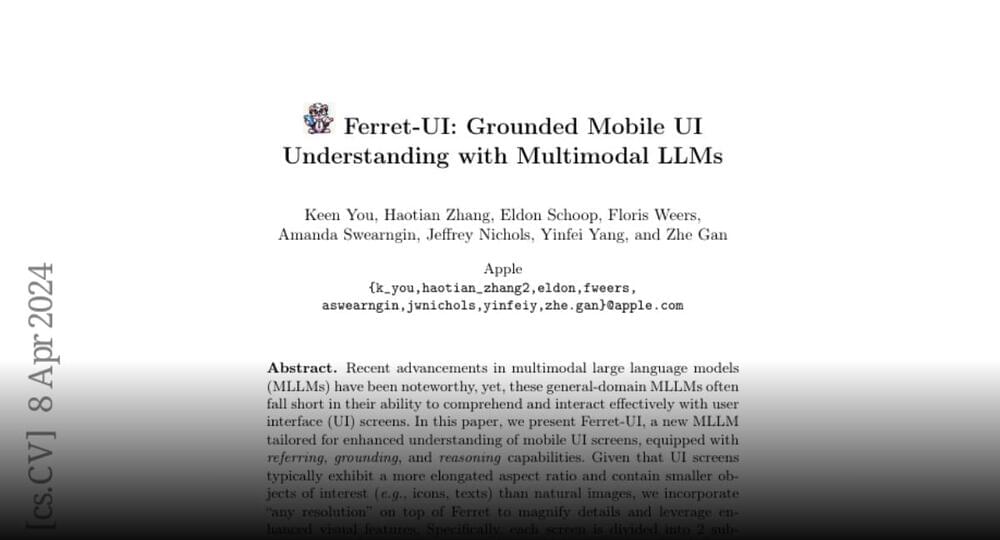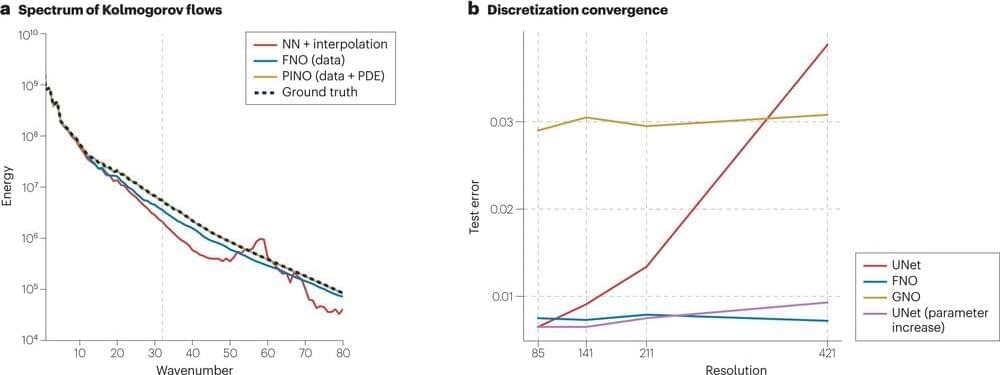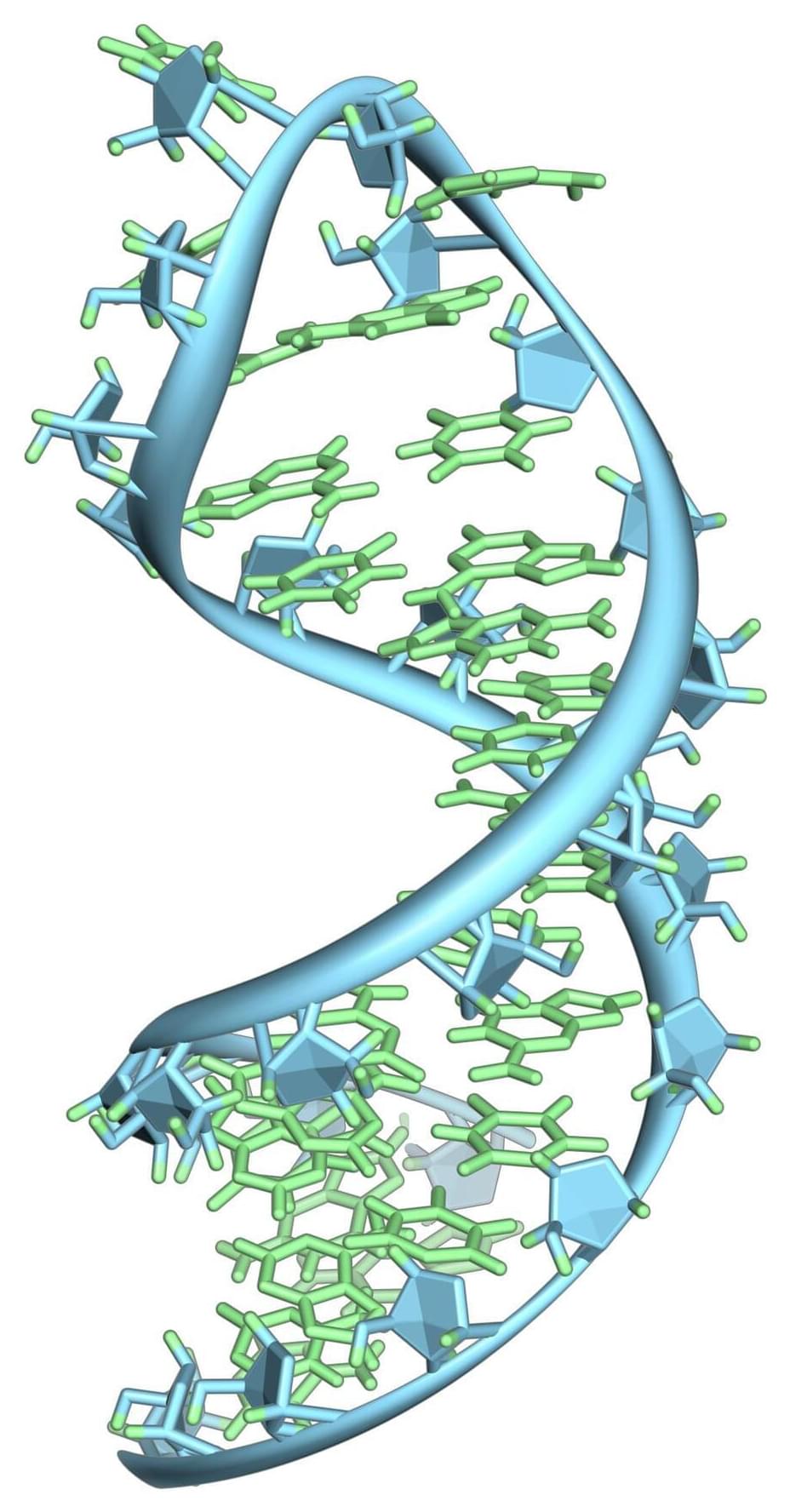Artificial Intelligence is making its presence felt in thousands of different ways. It helps scientists make sense of vast troves of data; it helps detect financial fraud; it drives our cars; it feeds us music suggestions; its chatbots drive us crazy. And it’s only getting started.
Are we capable of understanding how quickly AI will continue to develop? And if the answer is no, does that constitute the Great Filter?
The Fermi Paradox is the discrepancy between the apparent high likelihood of advanced civilizations existing and the total lack of evidence that they do exist. Many solutions have been proposed for why the discrepancy exists. One of the ideas is the ‘Great Filter.’









